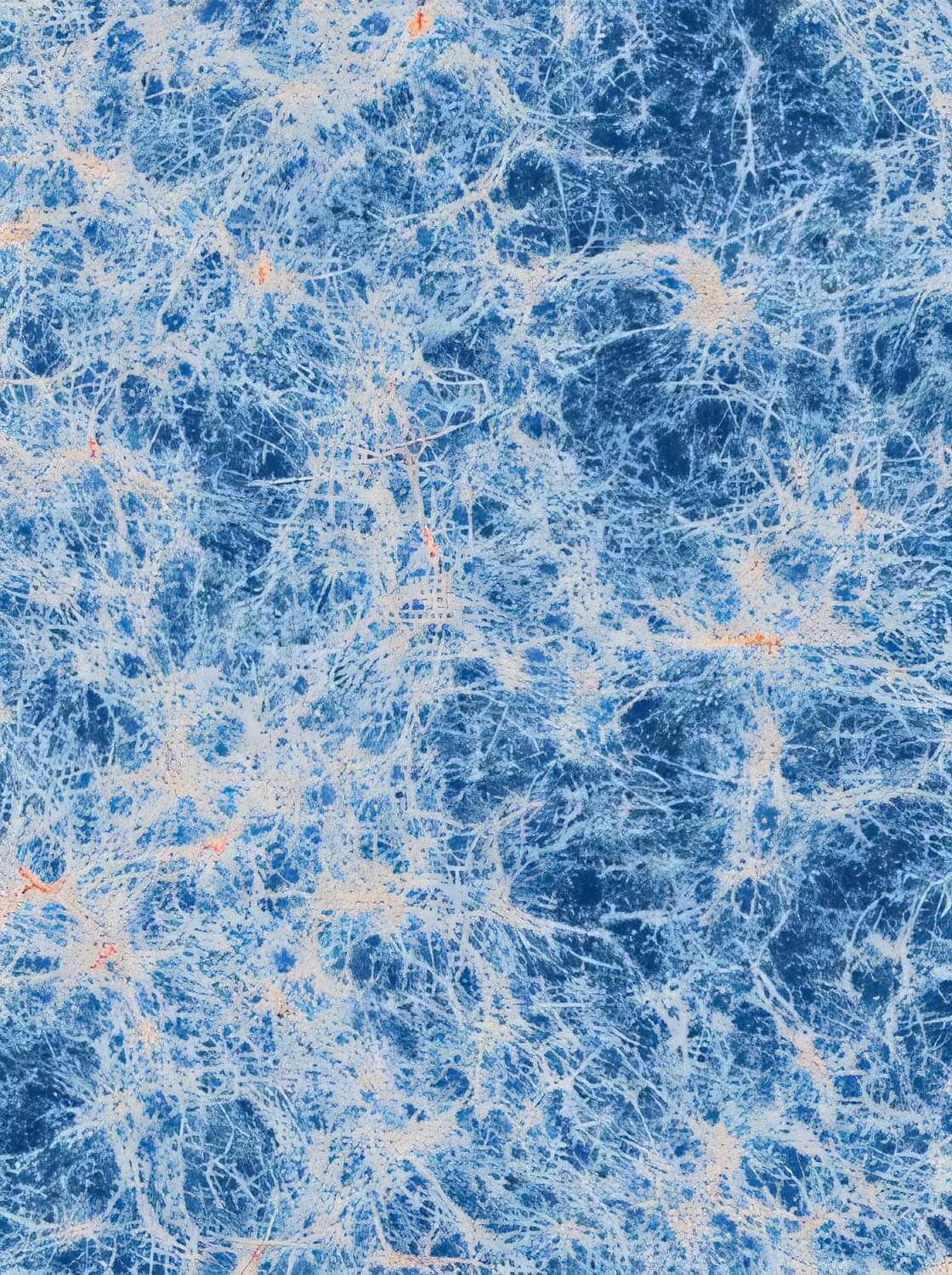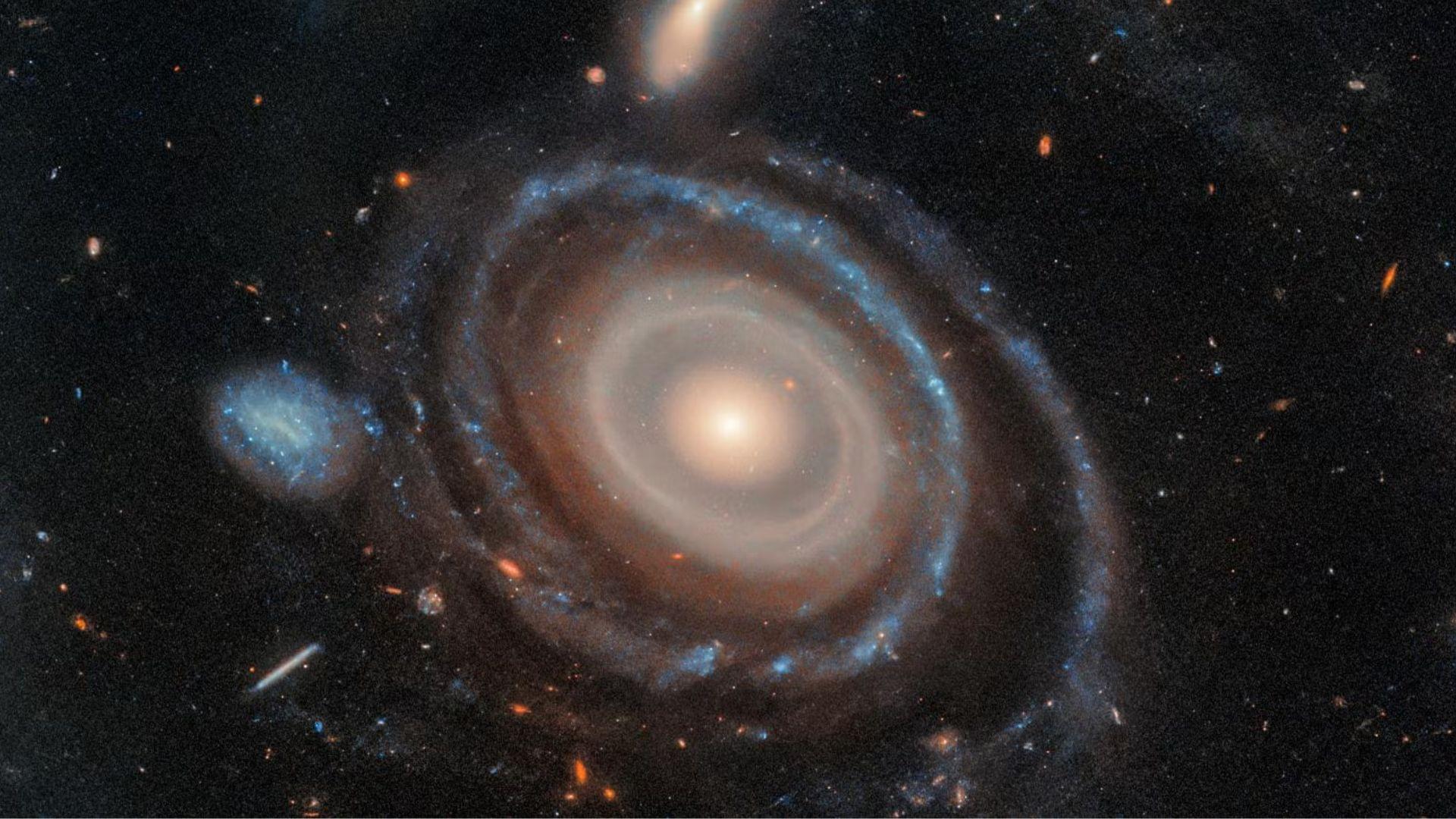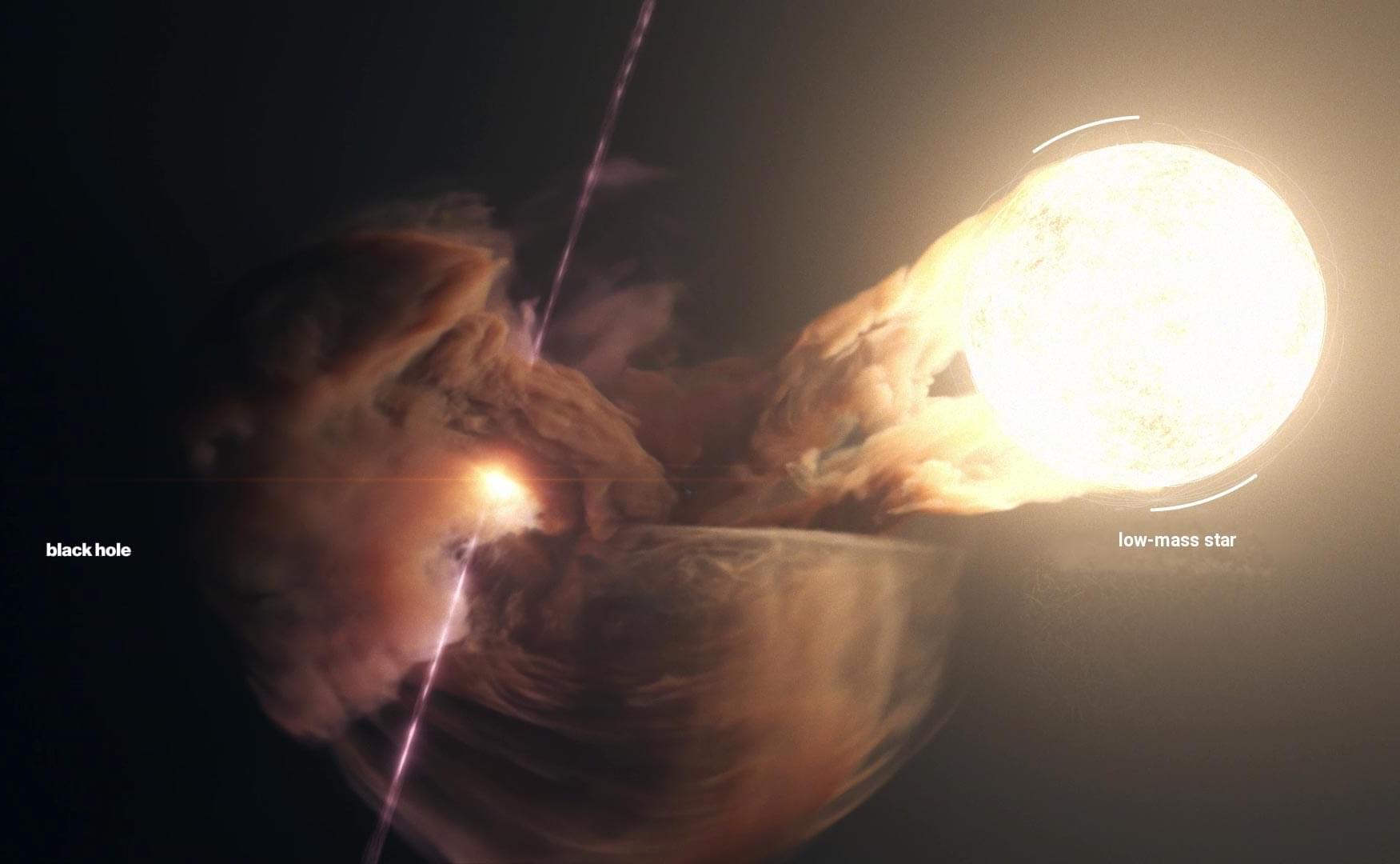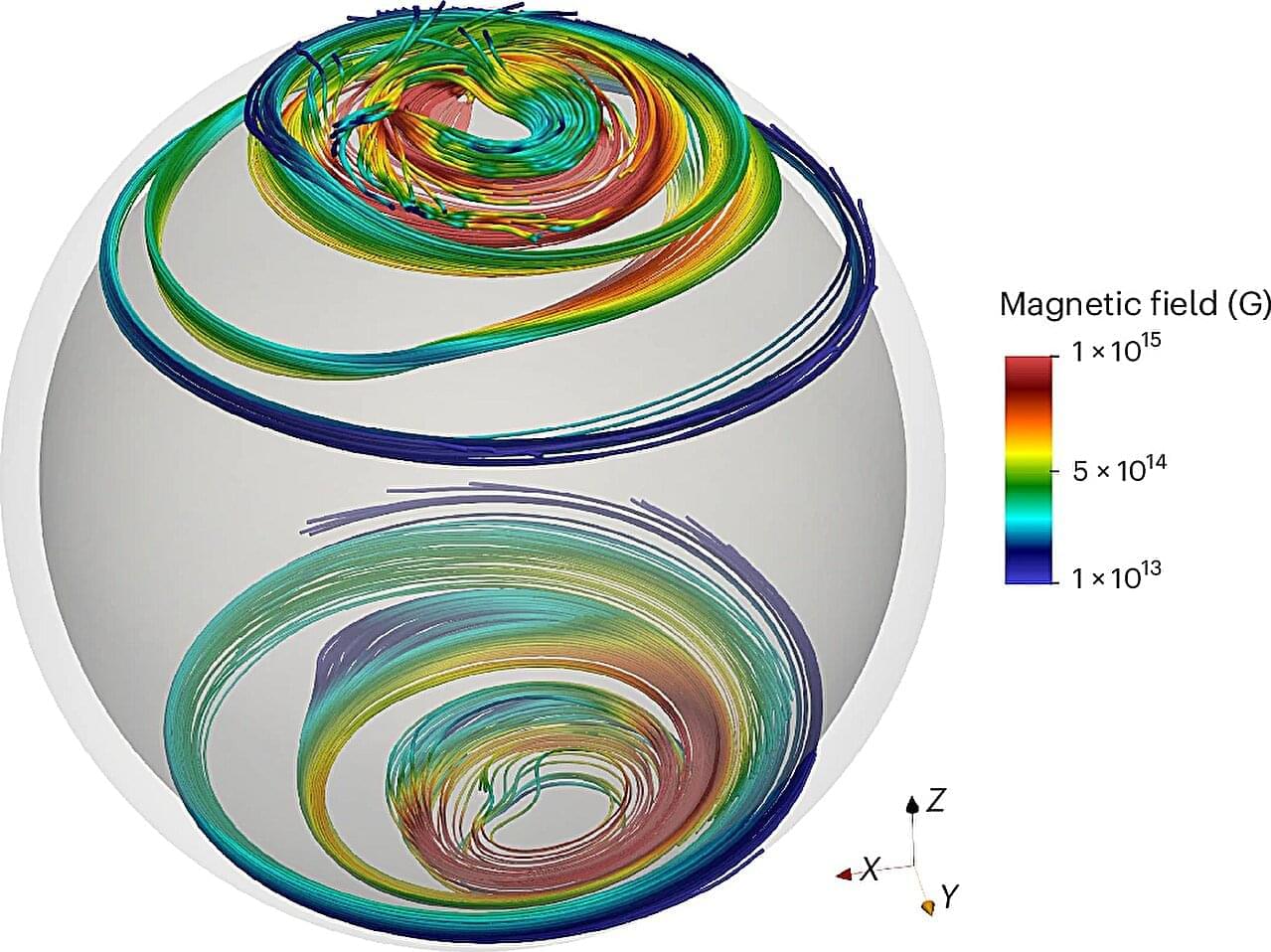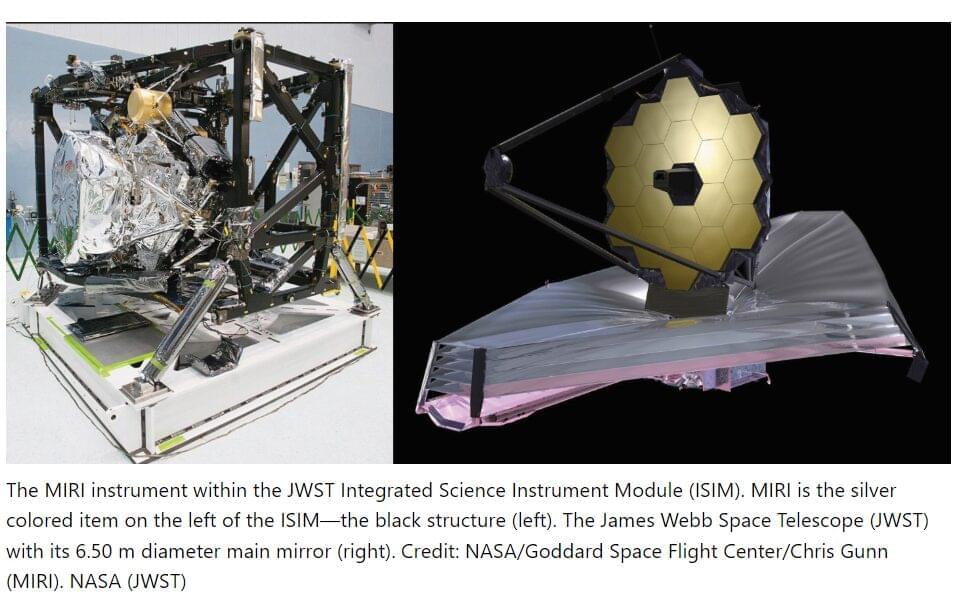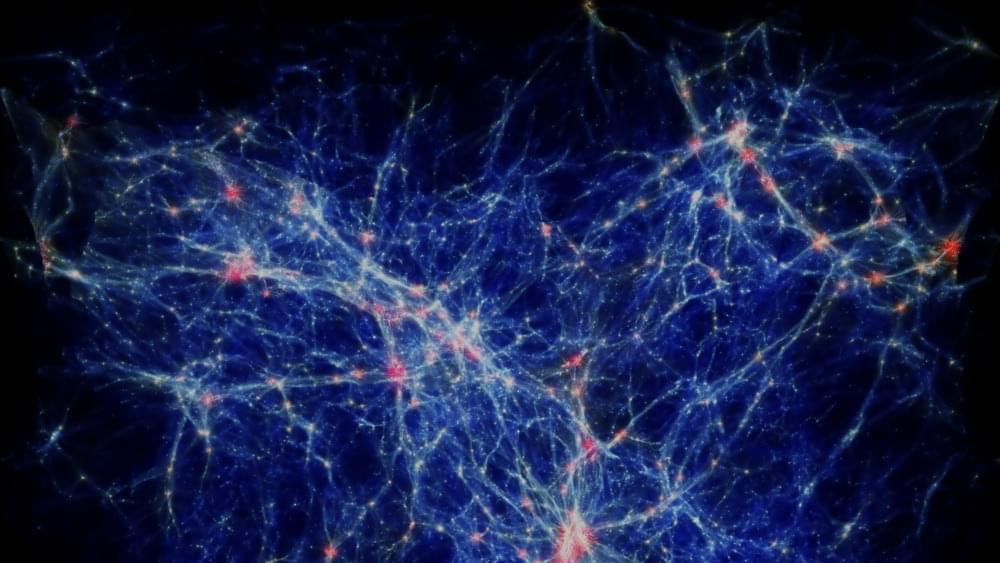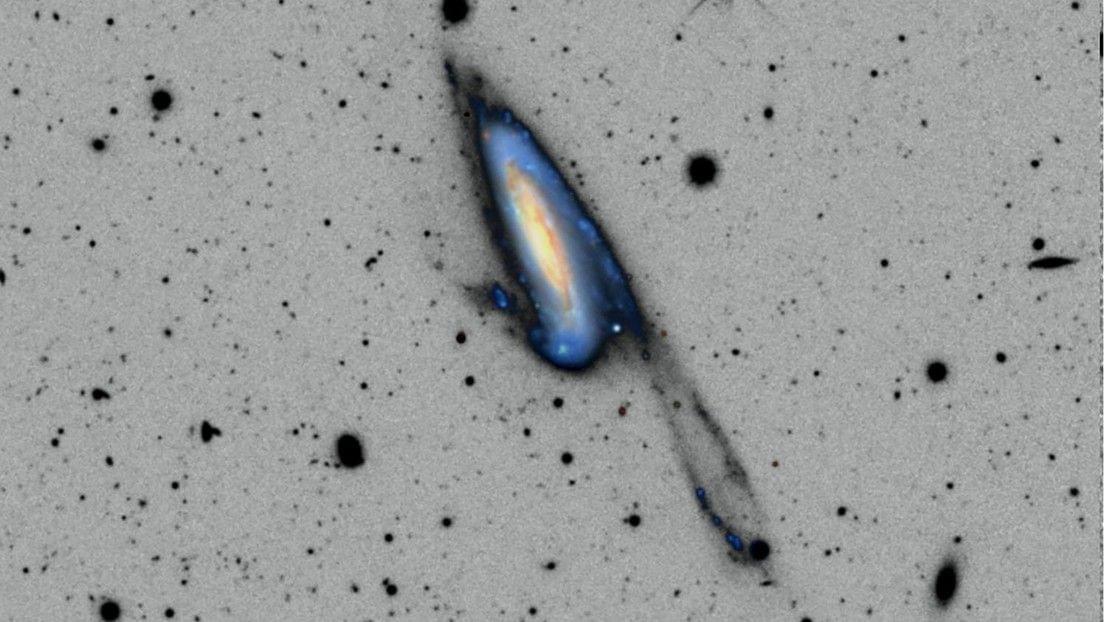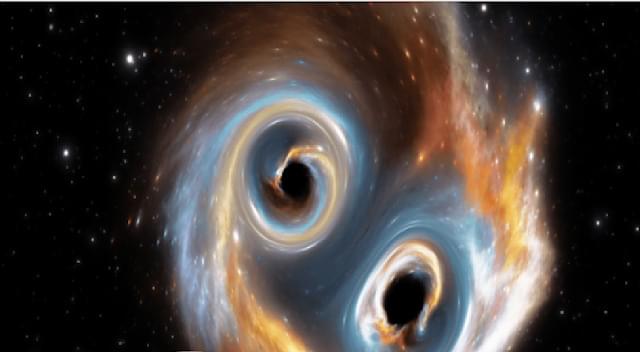Matter in intergalactic space is distributed in a vast network of interconnected filamentary structures, collectively referred to as the cosmic web. With hundreds of hours of observations, an international team of researchers has now obtained an unprecedented high-definition image of a cosmic filament inside this web, connecting two active forming galaxies—dating back to when the universe was about 2 billion years old.
A pillar of modern cosmology is the existence of dark matter, which constitutes about 85% of all matter in the universe. Under the influence of gravity, dark matter forms an intricate cosmic web composed of filaments, at whose intersections the brightest galaxies emerge. This cosmic web acts as the scaffolding on which all visible structures in the universe are built: within the filaments, gas flows to fuel star formation in galaxies. Direct observations of the fuel supply of such galaxies would advance our understanding of galaxy formation and evolution.
However, studying the gas within this cosmic web is incredibly challenging. Intergalactic gas has been detected mainly indirectly through its absorption of light from bright background sources. But the observed results do not elucidate the distribution of this gas. Even the most abundant element, hydrogen, emits only a faint glow, making it basically impossible for instruments of the previous generation to directly observe such gas.
